Over spring break, Campus Safety relocated from its previous location at the house at the corner of East Street and 10th Ave to the formerly vacant Mears Cottage. The College’s Human Resources department also moved to Mears during the same period. Many students have criticized the move, which was prompted by structural problems in Campus Safety’s past house, with concerns that the new location will lead to increased surveillance and profiling. Meanwhile, College officials say that moving to Mears was the only viable option for two departments badly in need of a new space.
Mears Cottage most recently housed the English, history and gender, women’s, and sexuality studies departments before their move to the Humanities and Social Studies Center (HSSC) last summer. In addition to Campus Safety, many Human Resources staff will also now have offices in the building after moving from the College-owned Old Glove Factory several blocks away in town at 733 Broad Street.
President Anne Harris said that the move will be temporary until a more permanent location can be found, with the end goal being that Student Health and Wellness (SHAW) will in the future move into Mears.
Student response
Mears Cottage is in the southwest corner of campus near the intersection of East Street and 6th Ave. While Campus Safety’s previous location at 1432 East Street was across the street from East Campus residence halls, it did not share the same closeness to gathering and event spaces that Mears has.
Mears’ proximity to South Campus dorms and High Street houses, student residences with bigger reputations for partying and substance use than East, has led to student fears that the move could lead to surveillance or punishment of student behavior that could disproportionately affect students of color.
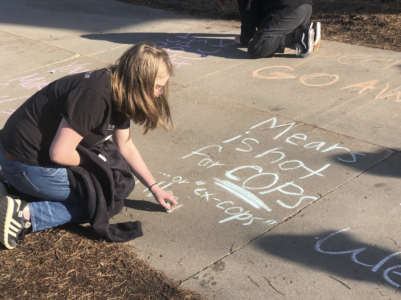
“I think there’s more opportunity for them [Campus Safety] to target students and there’s more opportunity for them to harass students because they will have a reason to do it,” said Evelyn Coffie `24, an organizer with Grinnell’s chapter of Cops Off Campus, a national student police abolitionist coalition. “I don’t think it’s a good move because a lot of people congregate in South. Who is going to watch out for students of color when things go down, who’s going to make sure that we’re okay?”
Coffie and other student organizers with Cops Off Campus held an event to protest the move and allow students a chance to share their opinions and experiences with Campus Safety. In the afternoon of March 16, around 80 students gathered outside of Mears Cottage to listen to their peers speak about the relocation and write messages of protest on the sidewalk and building.
Several Black students at the event shared instances where they felt racially profiled by Campus Safety officers. According to staff biographies on the College’s website, many Campus Safety officers worked in law enforcement before their jobs at Grinnell.
“I’m just against policing in principle and the way that type of structure is replicated on this campus. Even if people are able to say ‘Oh, campo is not real police,’ they’re still driving cop cars around, they’re still wearing these uniforms,” said Jenny Rodrigues Santos `23, another member of Cops Off Campus. “There’s definitely this power differential. It just doesn’t make me feel comfortable and many other people also don’t feel comfortable with the way things are.”
Campus Safety’s reasoning
James Shropshire, director of Campus Safety for Grinnell College, said that he’s aware of student concerns about the move. He said he recognizes that the College’s logistical need for a new Campus Safety location and student discomfort with the department being located next to South Campus do not cancel each other out as issues.
I think there’s more opportunity for them [Campus Safety] to tar- get students and there’s more opportunity for them to harass students because they will have a reason to do it. – Evelyn Coffie `24
“I think it’s a fair critique, in some ways,” Shropshire said of the concerns students have raised about the move. “I think that a student might feel that way if they saw it, especially if they didn’t have the background information. But I think the background information is also immaterial to the student who’s observing it. Like it’s true, we needed space, I think I can exhibit that. That doesn’t change the feeling of the student population, the ones that maybe live right next to us.”
Shropshire said he thinks that any potential location for Campus Safety, including the previous building at 1432 East Street, would be close to a residence hall due to the layout of the campus.
Furthermore, he said relocating to a multidisciplinary location farther away from the dorms, such as the HSSC or the JRC, would have the potential to bring the department closer to students’ daily lives than it is when located in Mears. “I think that students would feel a lot less comfortable with us being in these flagship buildings that they are in always,” he said.
The department is keeping student concerns in mind as they develop their use of the space in Mears, Shropshire said. The second shift supervisor, who works during evening hours, has been assigned an office on the opposite side of the building from South Campus. Shropshire said that this decision is intended to make sure that there isn’t a Campus Safety official working at a window directly overlooking the dorms during the evening (the first and third shift supervisors will work in an office across the hall that does have a window onto Main Hall).
Shropshire said that he hopes to engage more directly with the student body in the future as a means of outreach for the department.
College officials and heads of the relocated departments alike say that the move is the result of the immediate need for new, on- campus, accessible space for Human Resources and Campus Safety.
In the case of Campus Safety, Facilities Management Director Rick Whitney says that the 1432 East St. building had become unsuitable for the department’s “24/7/365” operation, and Shropshire added that an expert who visited the property had told the College that the building was structurally unsound. President of the College Anne Harris said that Whitney notified her of the need for a new Campus Safety space and suggested Mears, which had been empty since the completion of the HSSC, as a stopgap location for the department.
Meanwhile, the Human Resources department had previously been located in the basement of the Old Glove Factory. While it does not have the safety issues of the old Campus Safety building, it is overall an impractical home for a department that spends much of its time liaising with other parts of the College, said Jana Grimes, head of human resources at Grinnell.
Grimes said that she hopes the new location will be “a more centralized space” for the department, which was relatively distant from campus in its previous location, making it less accessible to students needing department services.
“Do you want to come all the way to the Old Glove Factory, or do you want to meet somewhere closer to campus?” Grimes said.
The history of Mears
Mears Cottage has had several uses over its long history. Built in 1888, it is the second oldest building on campus after Goodnow Hall. Both are listed in the National Register of Historic Places. The building is named after Mary Grinnell Mears, daughter of town founder and College benefactor J.B. Grinnell.
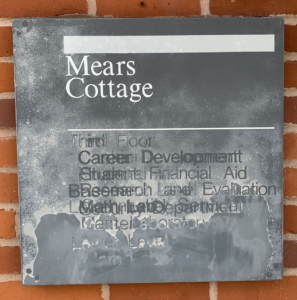
For the first 90 years of its life, Mears functioned as a women’s dorm, rare for the early years of Grinnell when most students boarded off campus. It underwent renovations to house more students in 1904 and was made co-ed in 1978.
The next year, Mears was closed and slated for demolition by the Board of Trustees. Successful student organizing stopped the destruction of the building, setting it aside for an eventual remodel. This was made possible in the late 80s after a donation by John H. Harris `39 and Lucille Hanson Harris `40, whom the Harris Center is named after.
Mears Cottage reopened in 1986 after extensive renovation. Since then, it has served a variety of purposes, holding various administrative offices and eventually becoming home to a few humanities departments in the mid-2000s.
Before the complete transition of humanities to the HSSC, Mears has been known as the center for English, history and gender, women’s and sexuality studies students and faculty.
“Mears had a kind of wonderful coziness to it, and it was fun in its way to have the separation, to have our own place over there,” said Professor Erik Simspon, department chair of English. “But I will also say that there was an isolation that came with that and there are so many colleagues that I now see in the HSSC and I could go for four months without seeing them when we were in Mears.”
I think there’s more I think that a student might feel that way if they saw it, especially
if they didn’t have the background information. But I think the back- ground information is also immaterial to the student who’s observing it. – James Shropshire, director of Campus Safety
In addition to faculty offices, the first floor of Mears has a living room space that would be open for student use and host department events throughout the year. This room will continue to be open for use by students.
“The HSSC just mixes so many things into one space. It was really nice having a space that was dedicated to being an academic space and dedicated to being a working space but was a little more casual, a bit more communal,” said English major Brenna Hanlon `22. “However many years of Grinnell history were baked into these old rooms you were in. It really connected me as a student to the history of what this College was.”
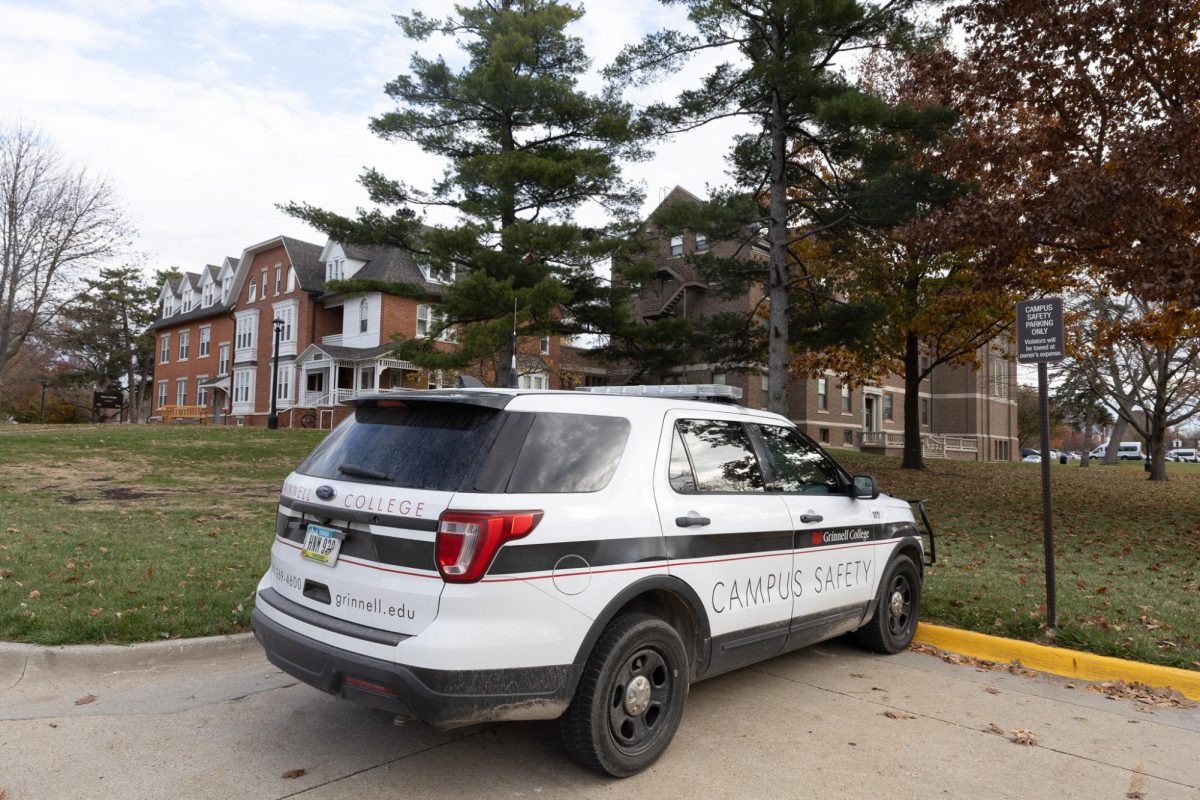


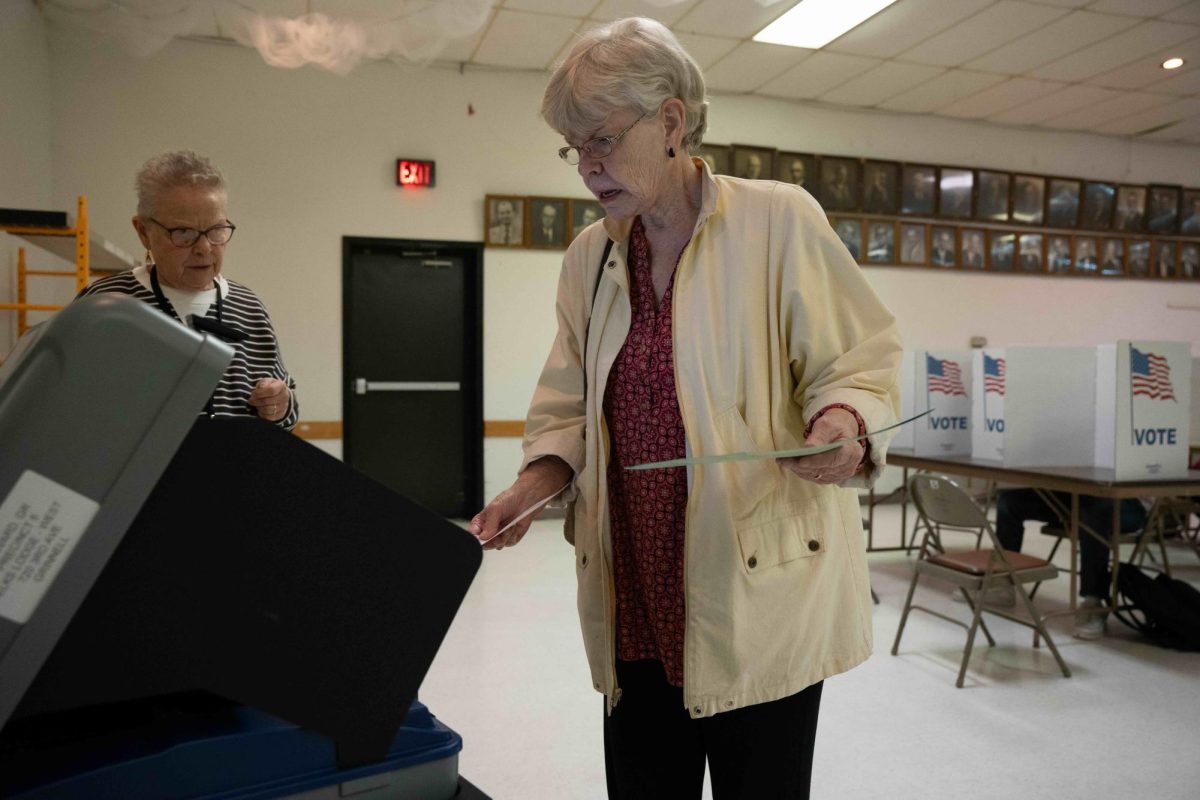
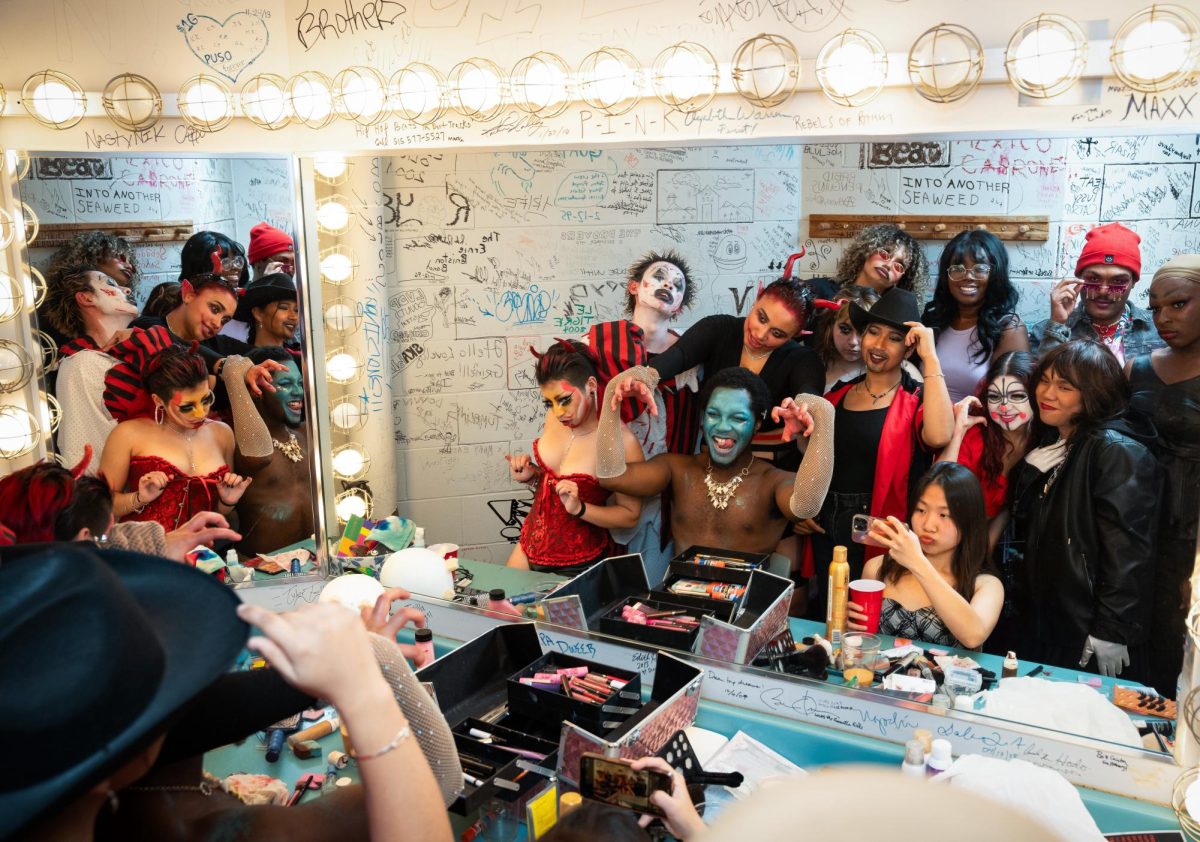
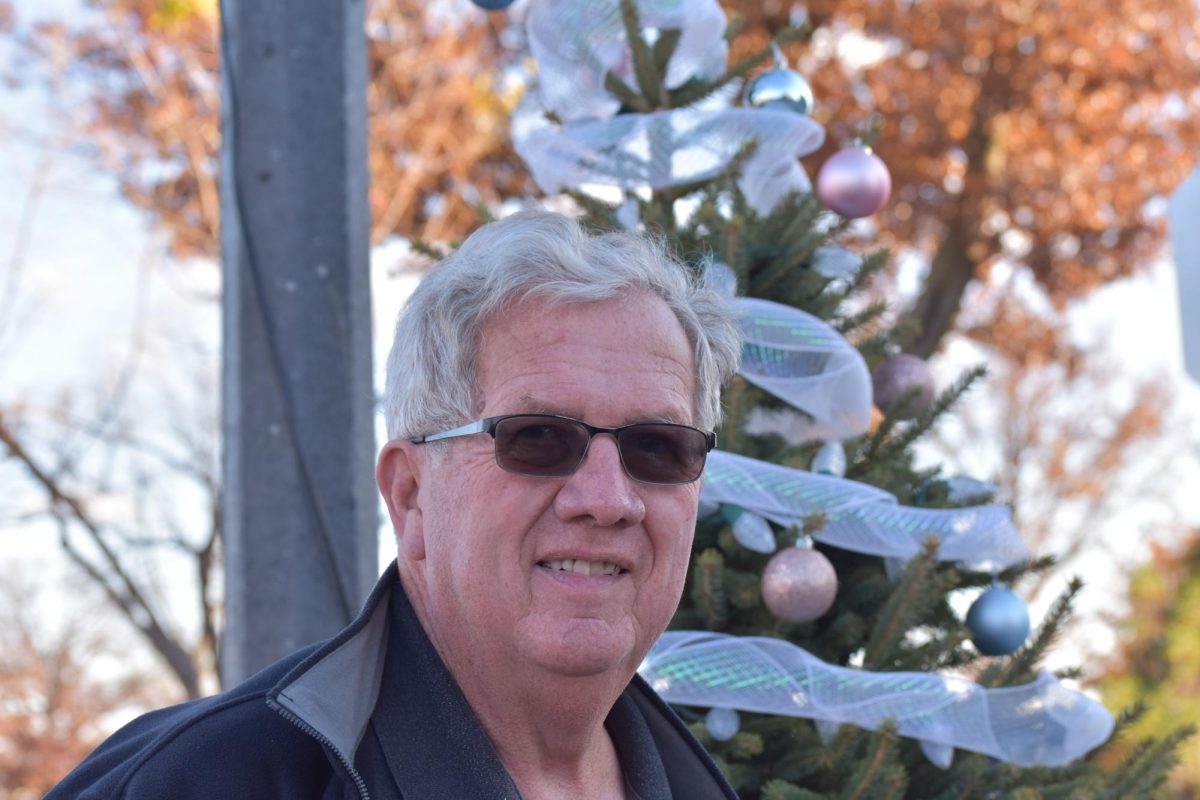
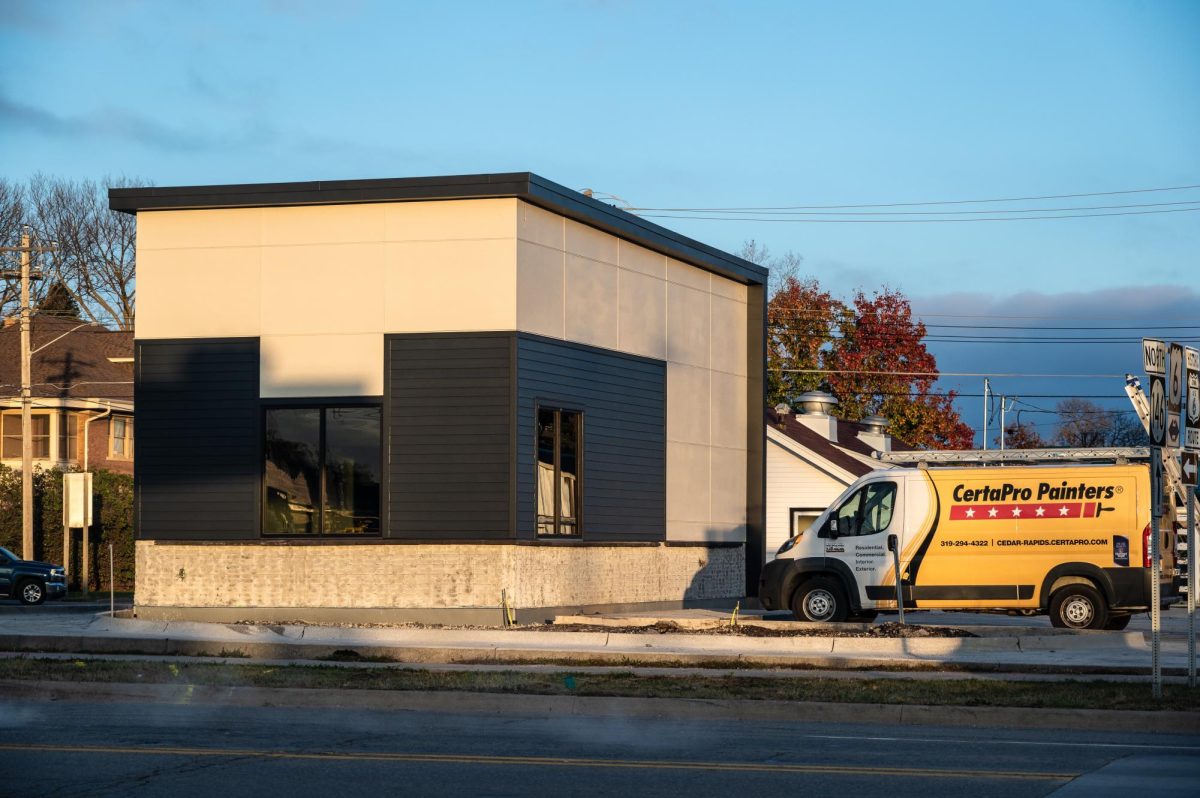

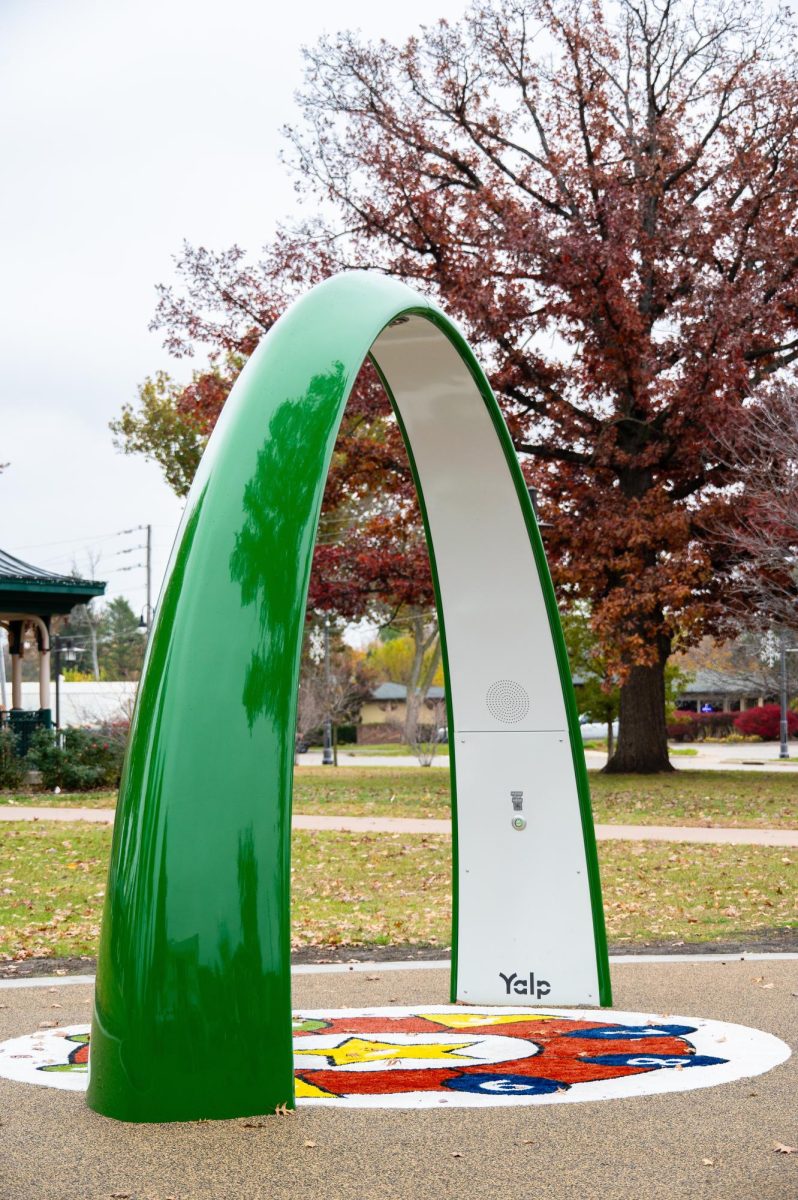
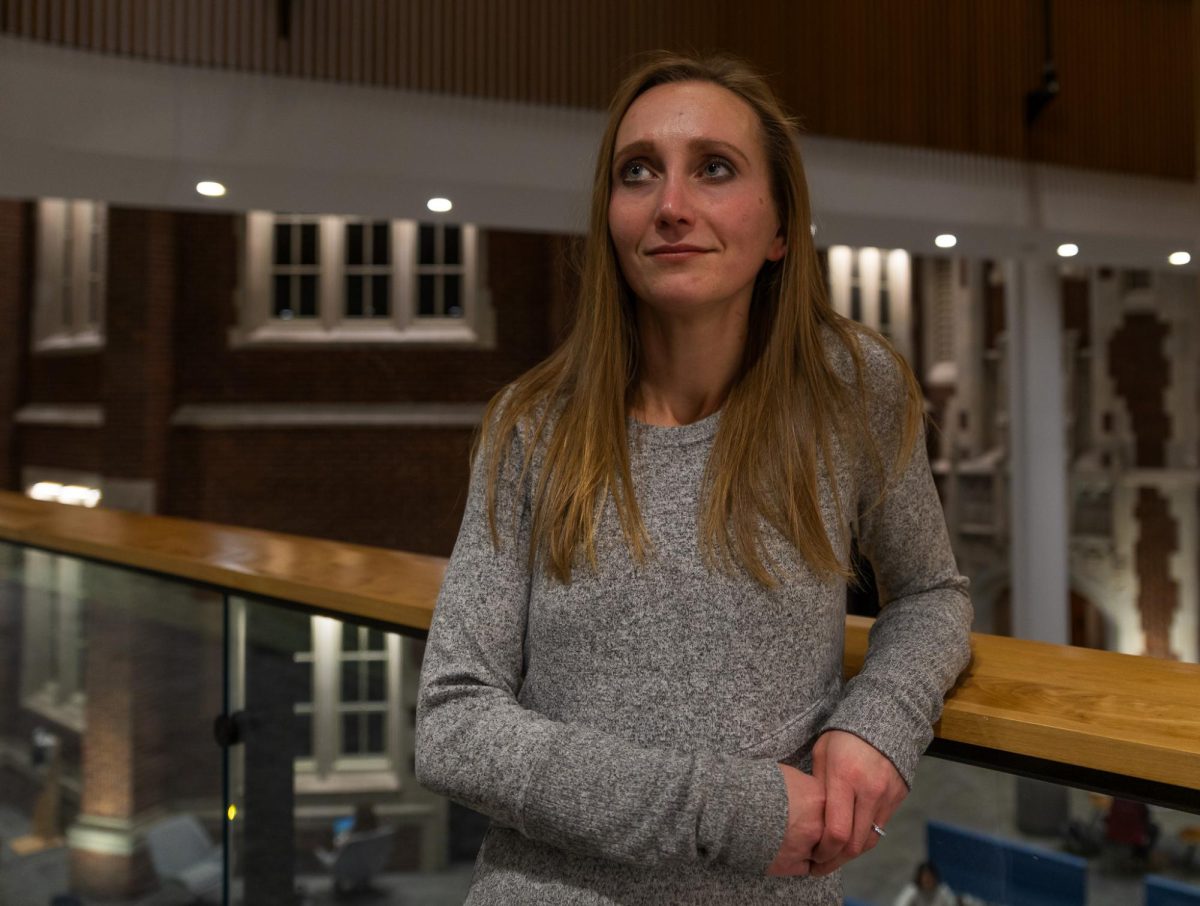
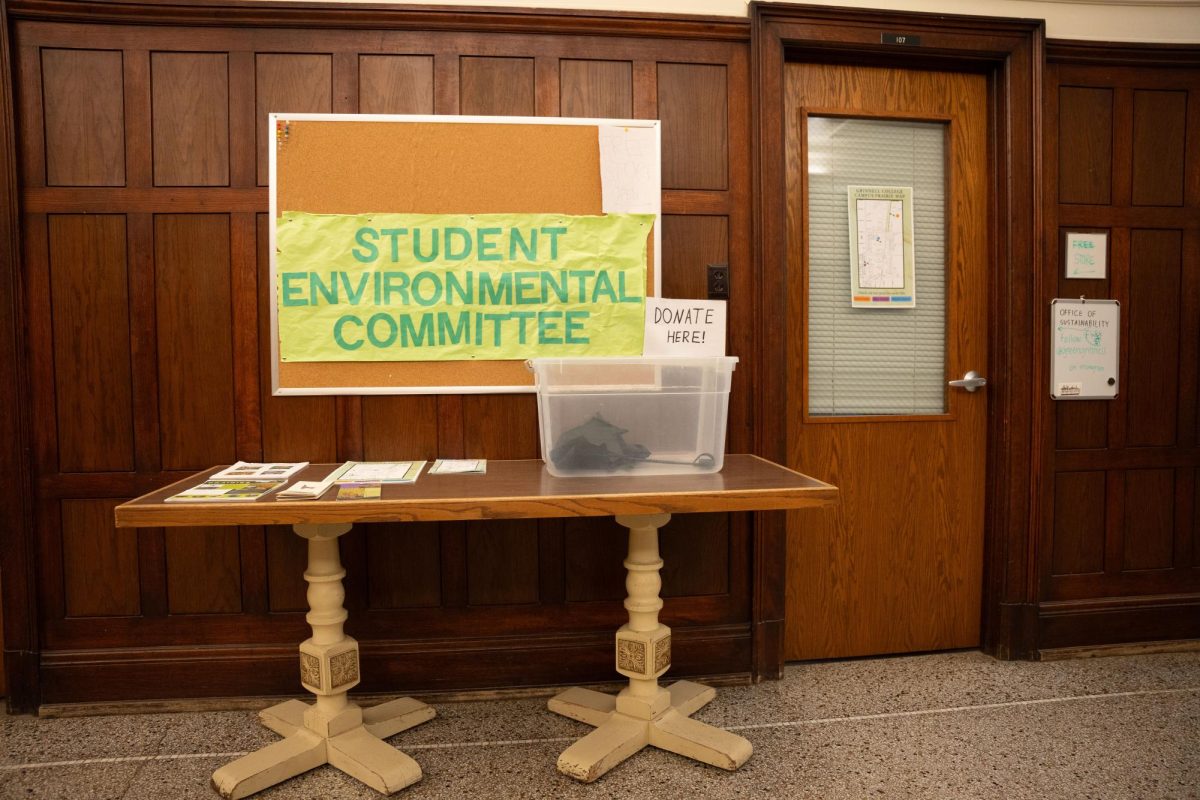
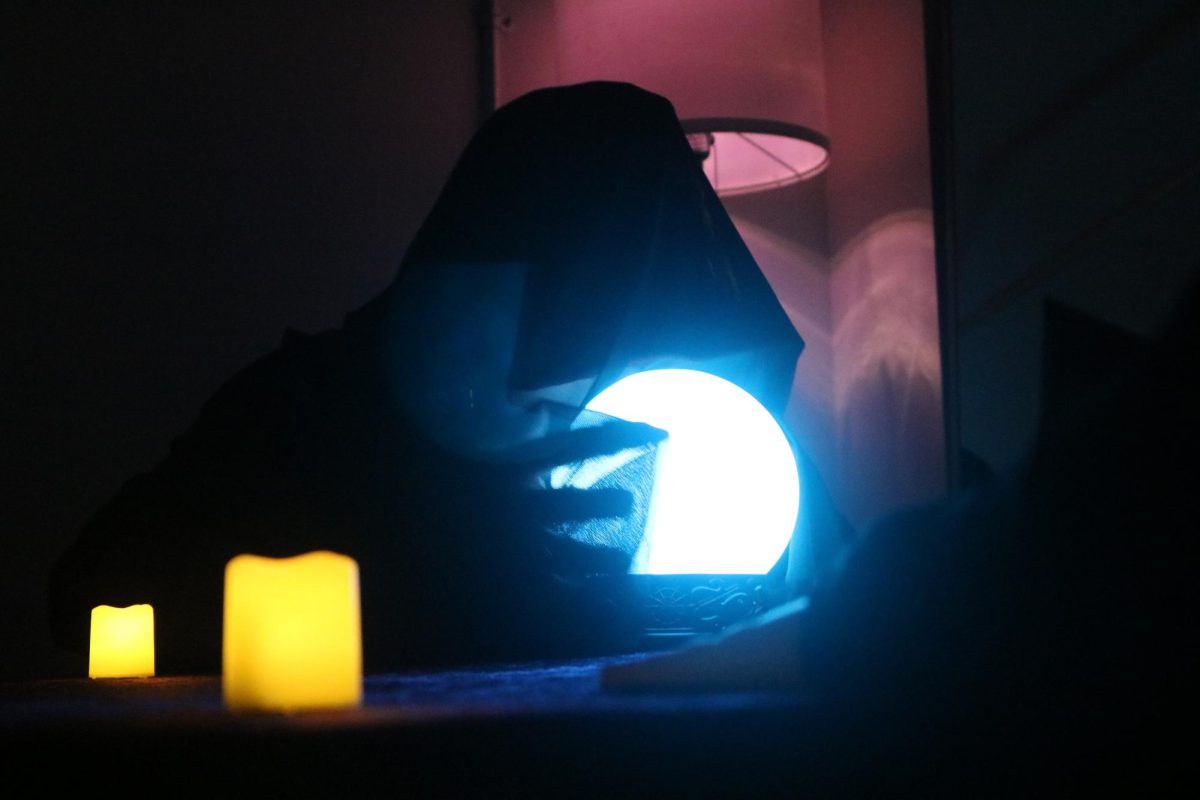
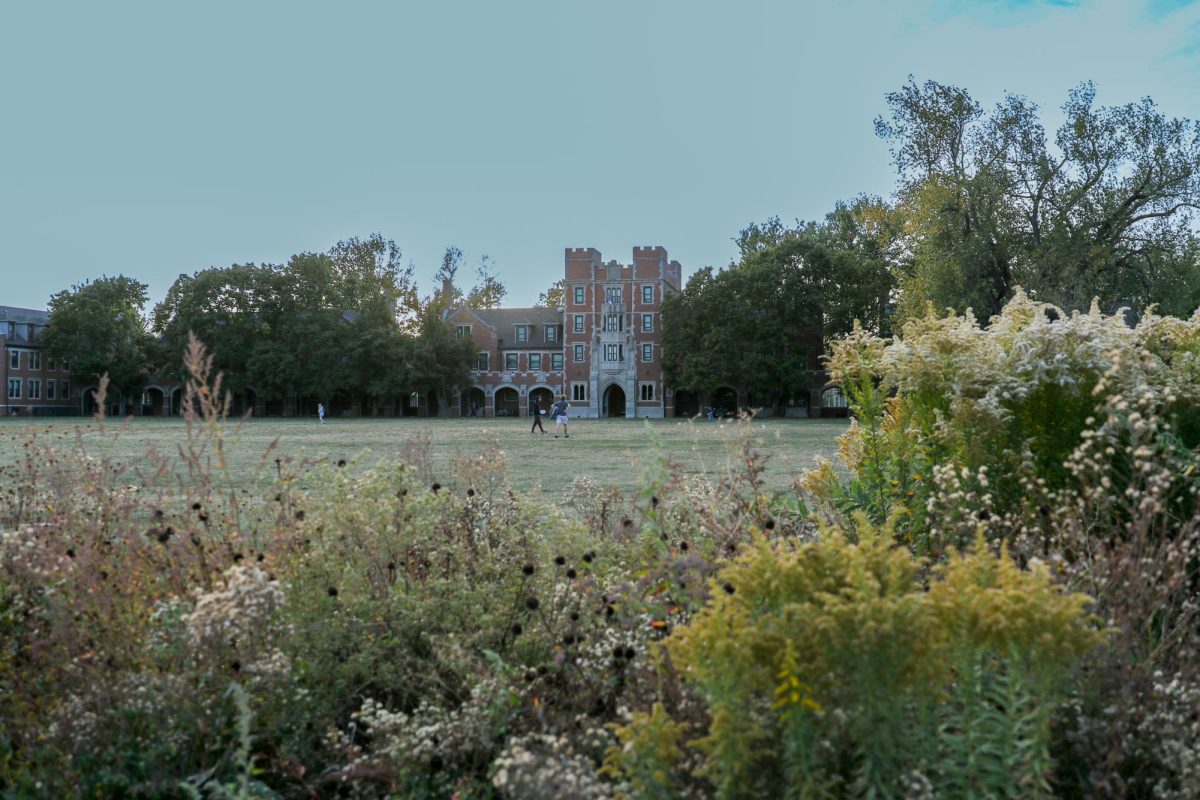
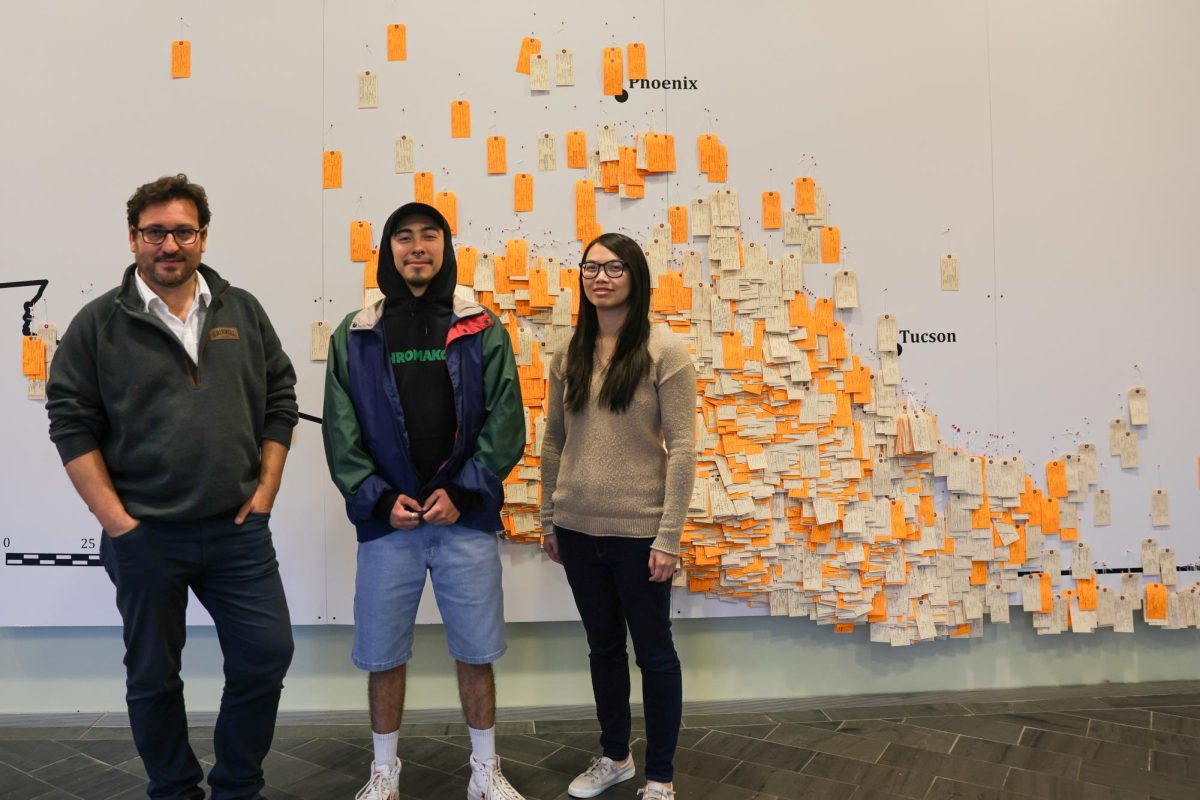
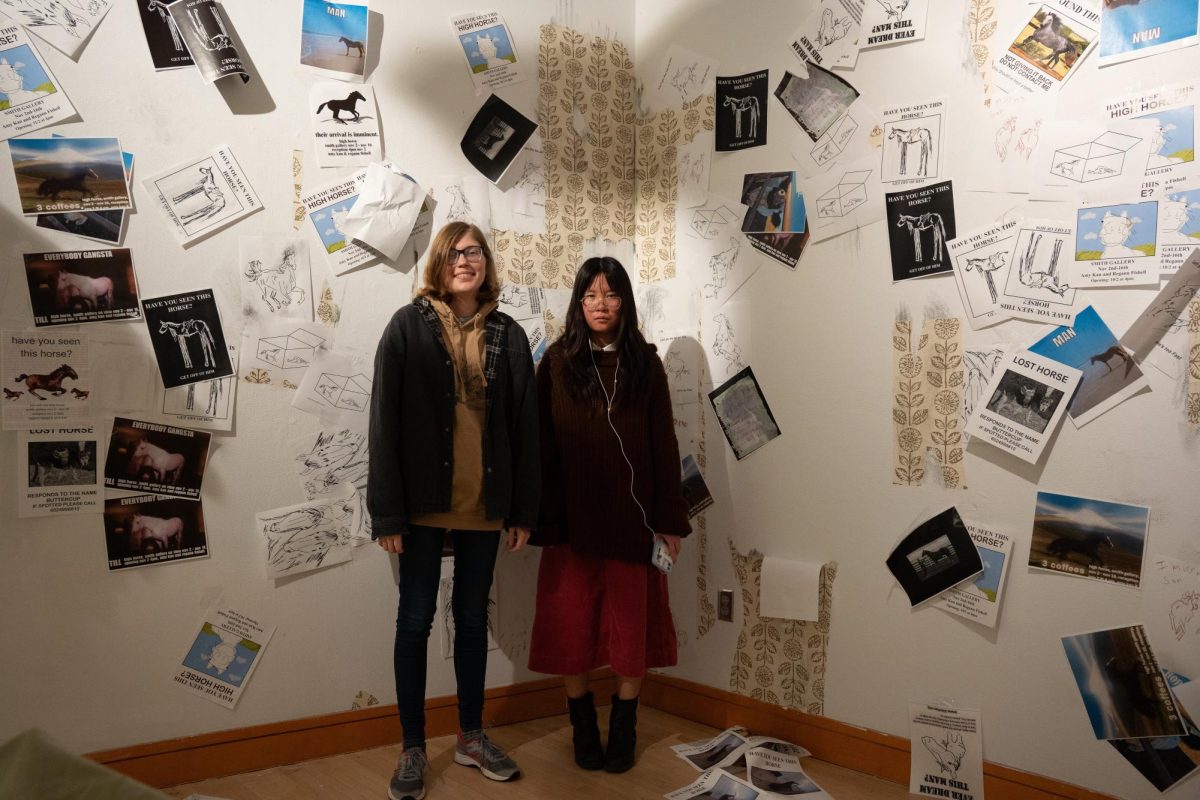
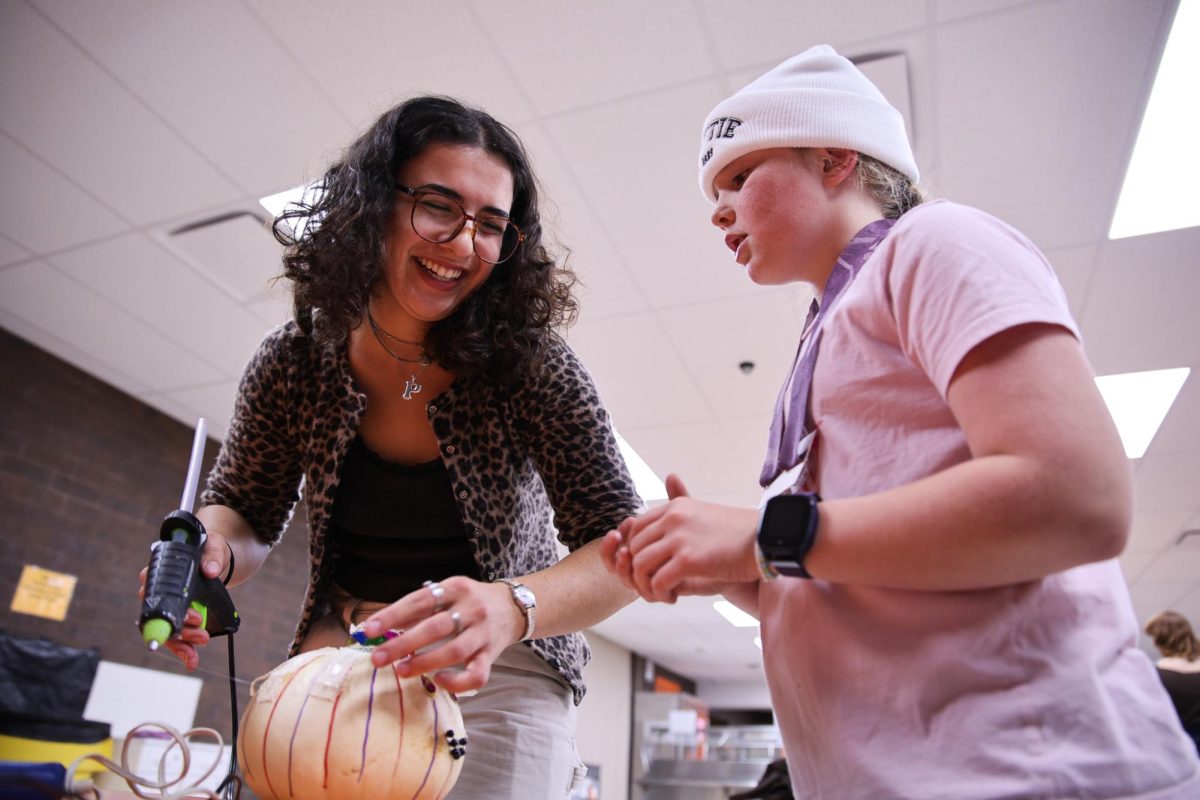
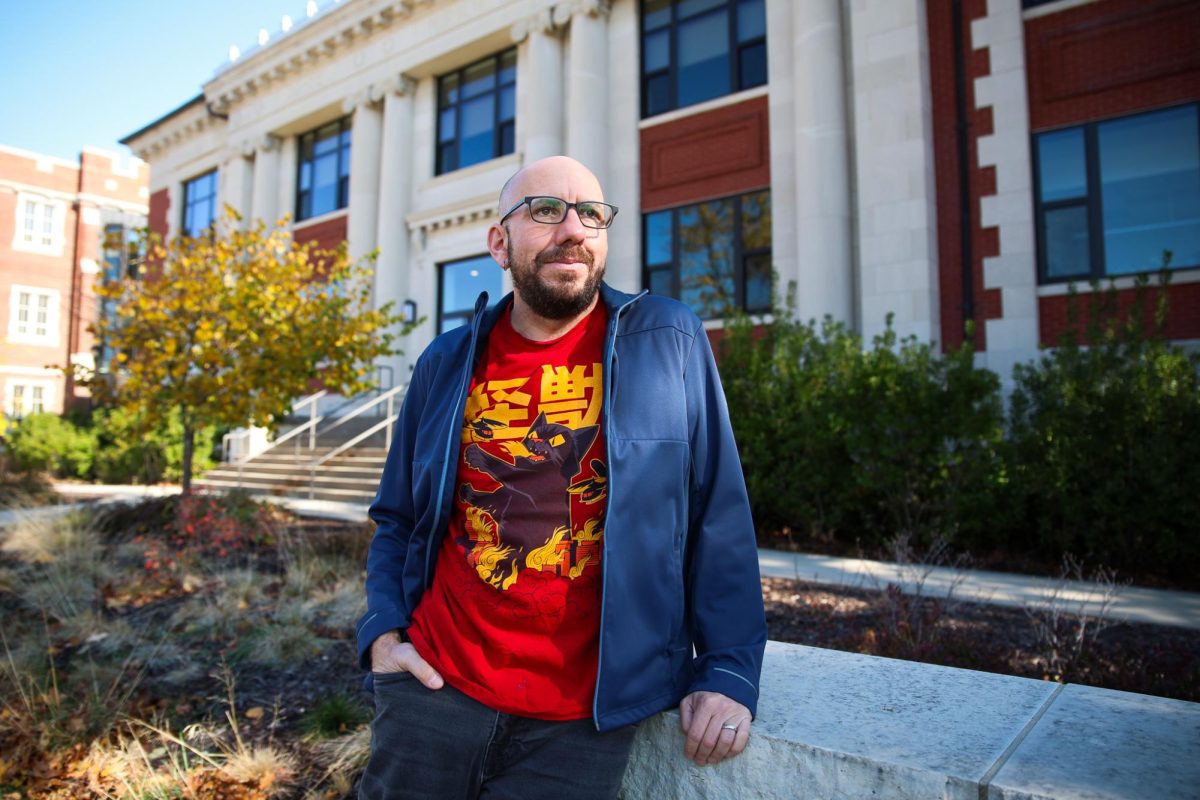
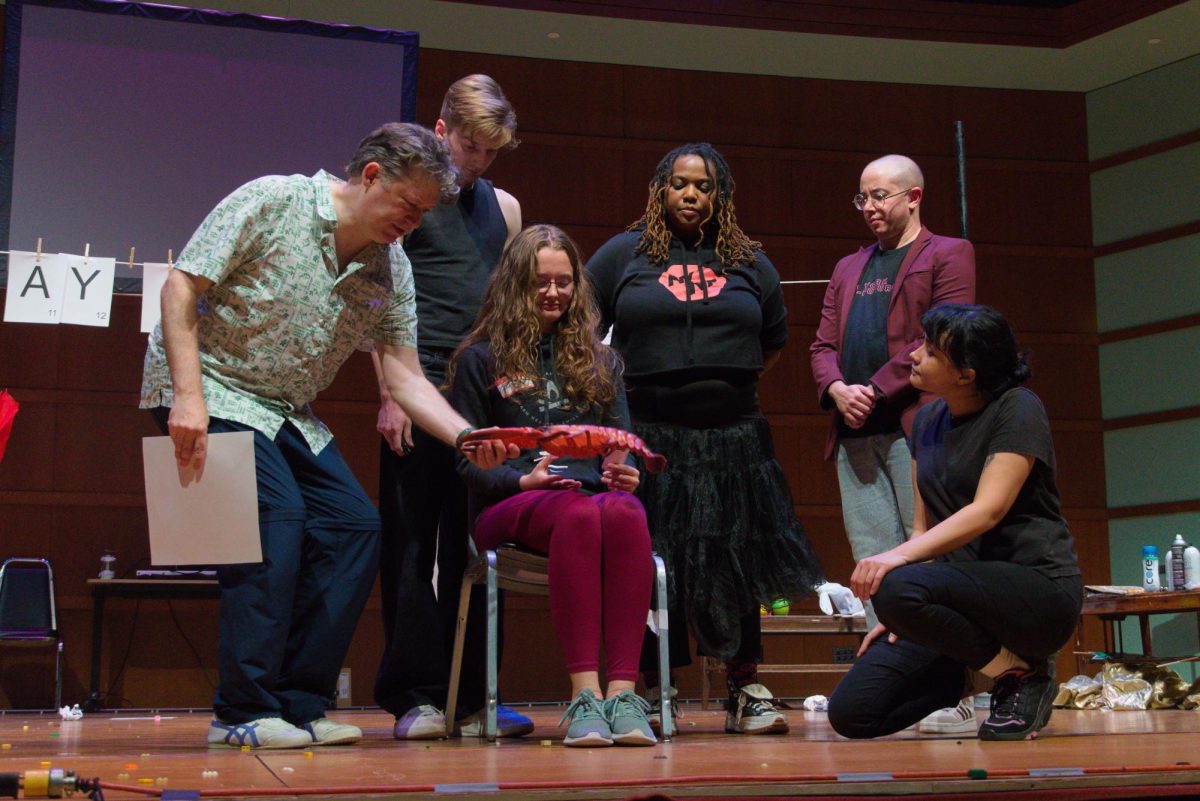
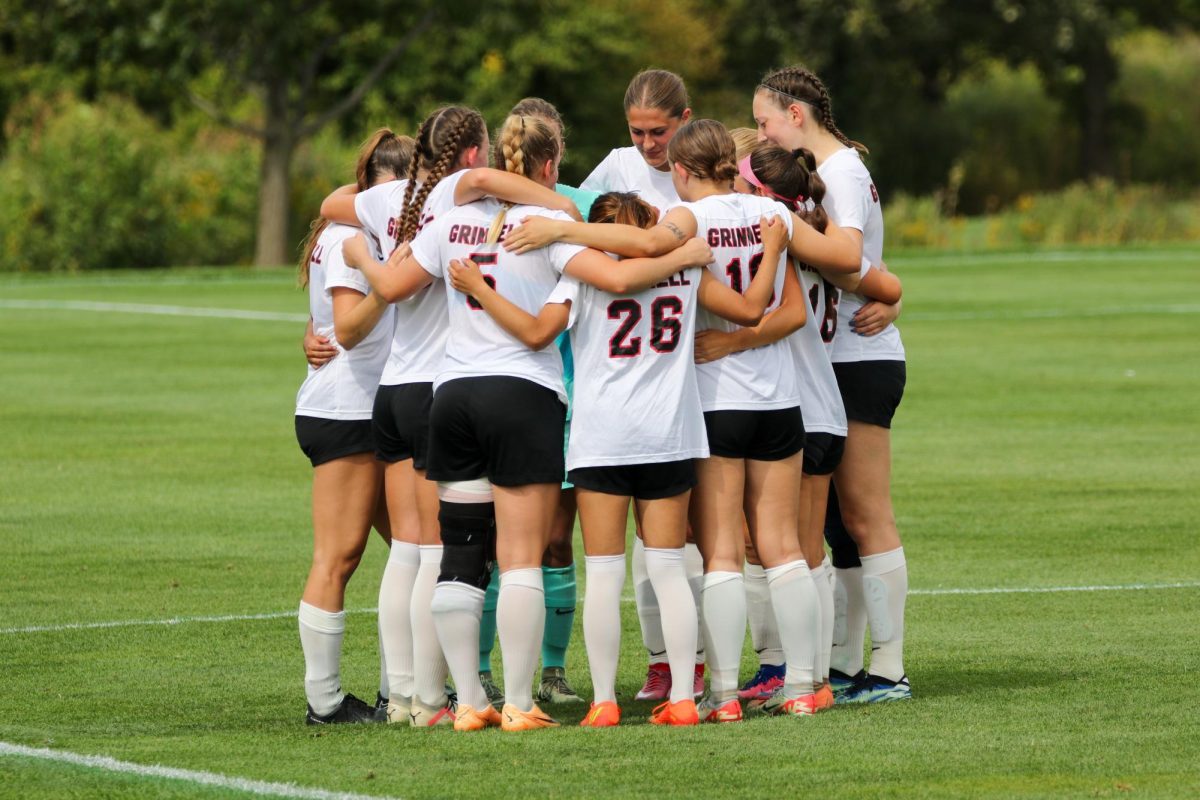
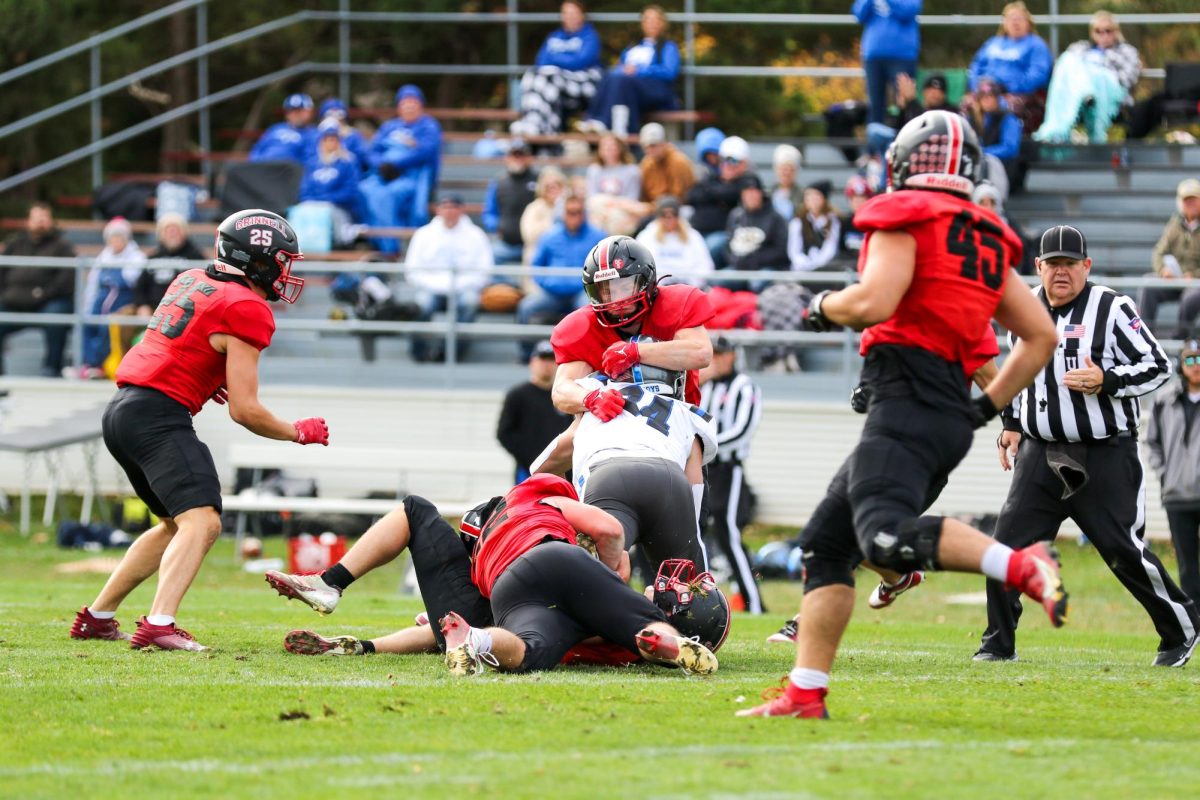
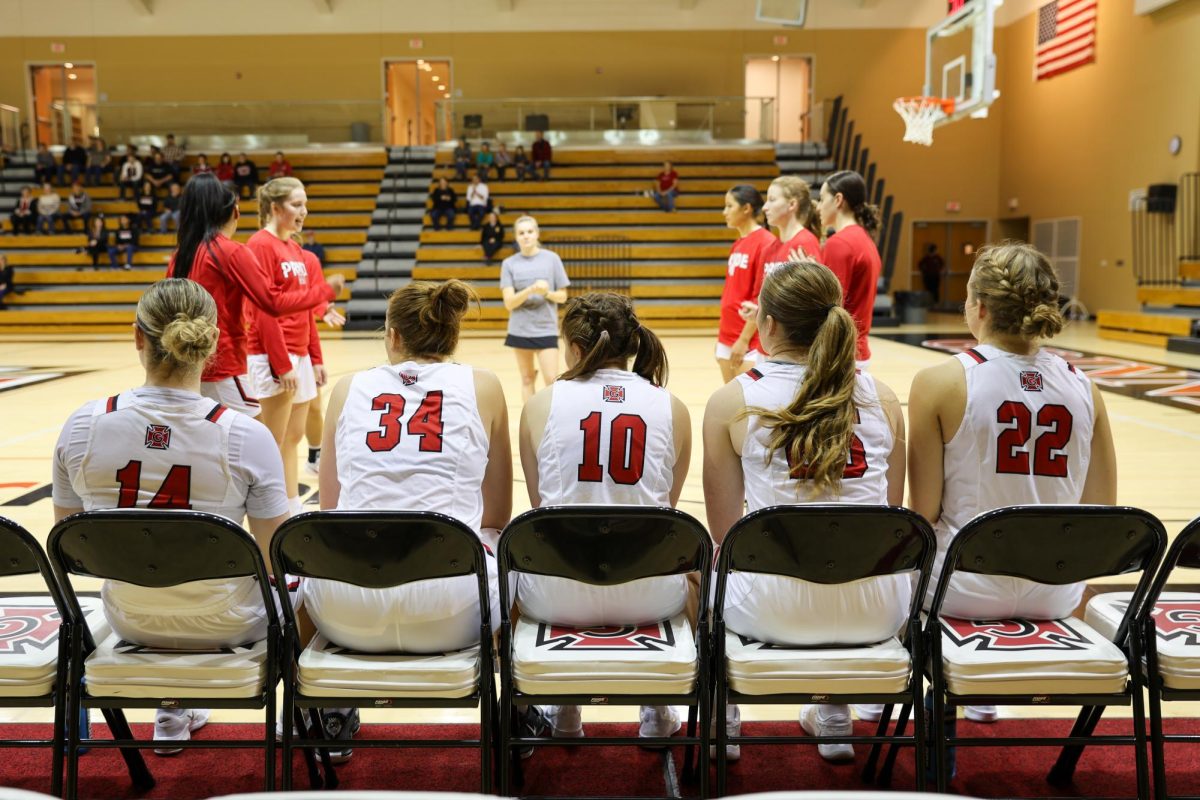





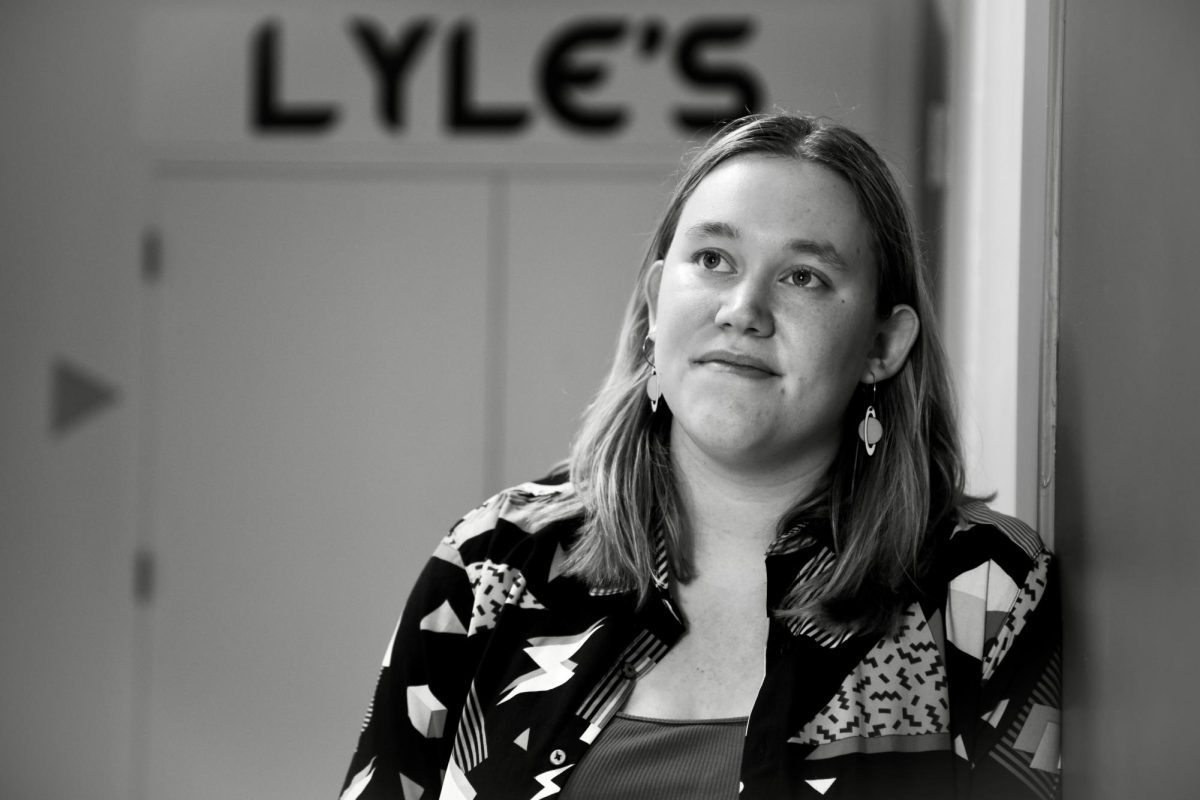
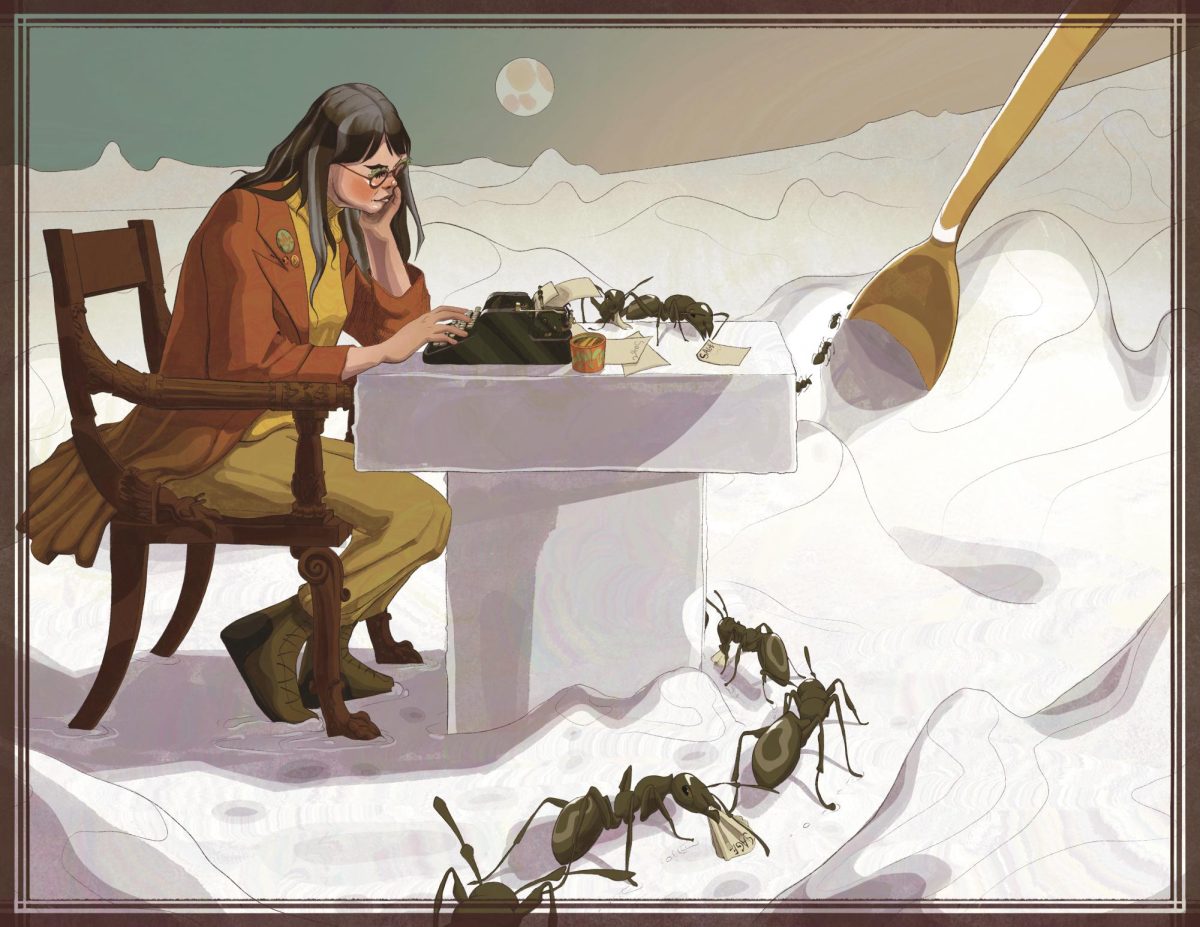












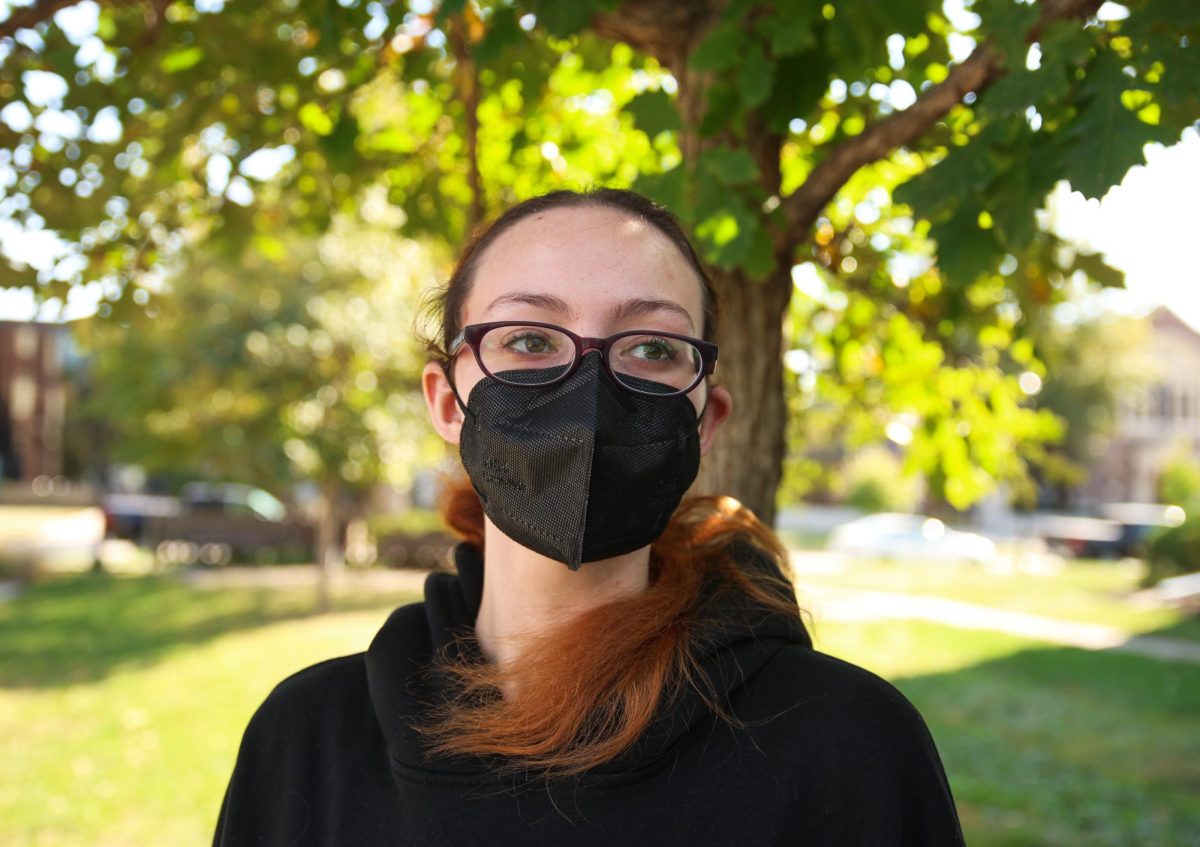





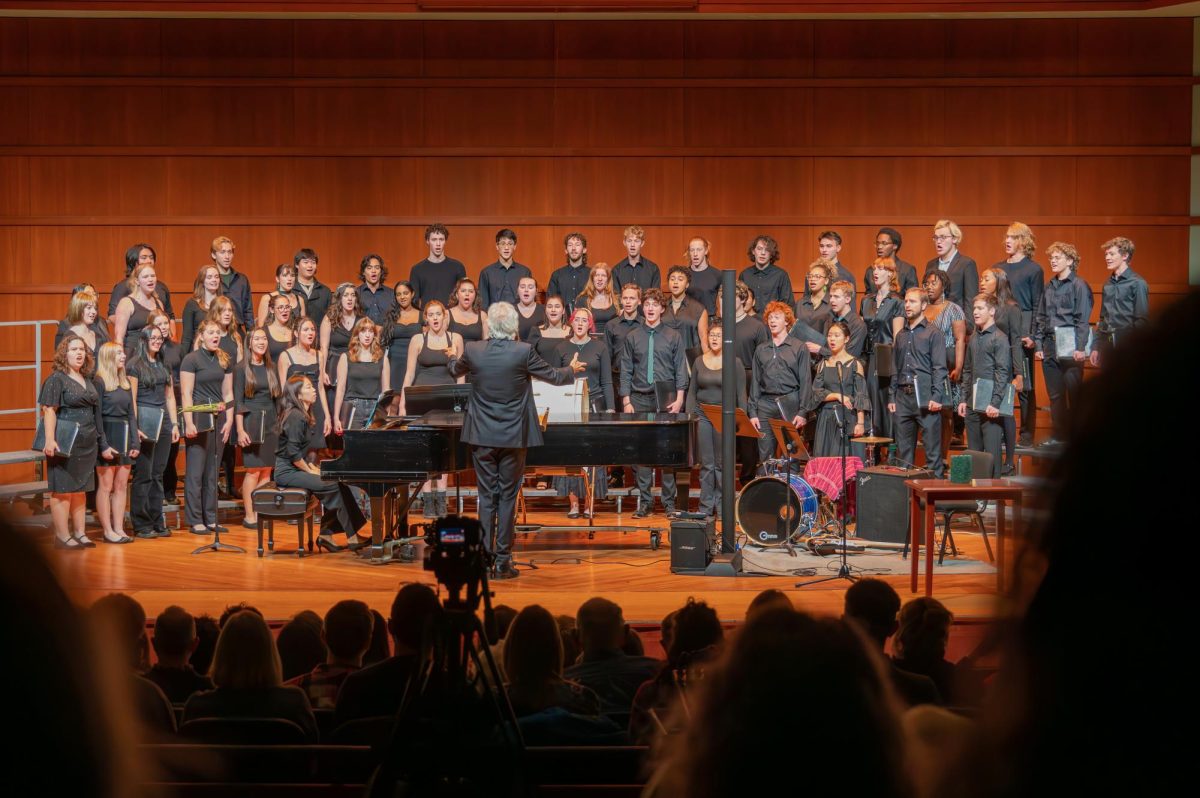
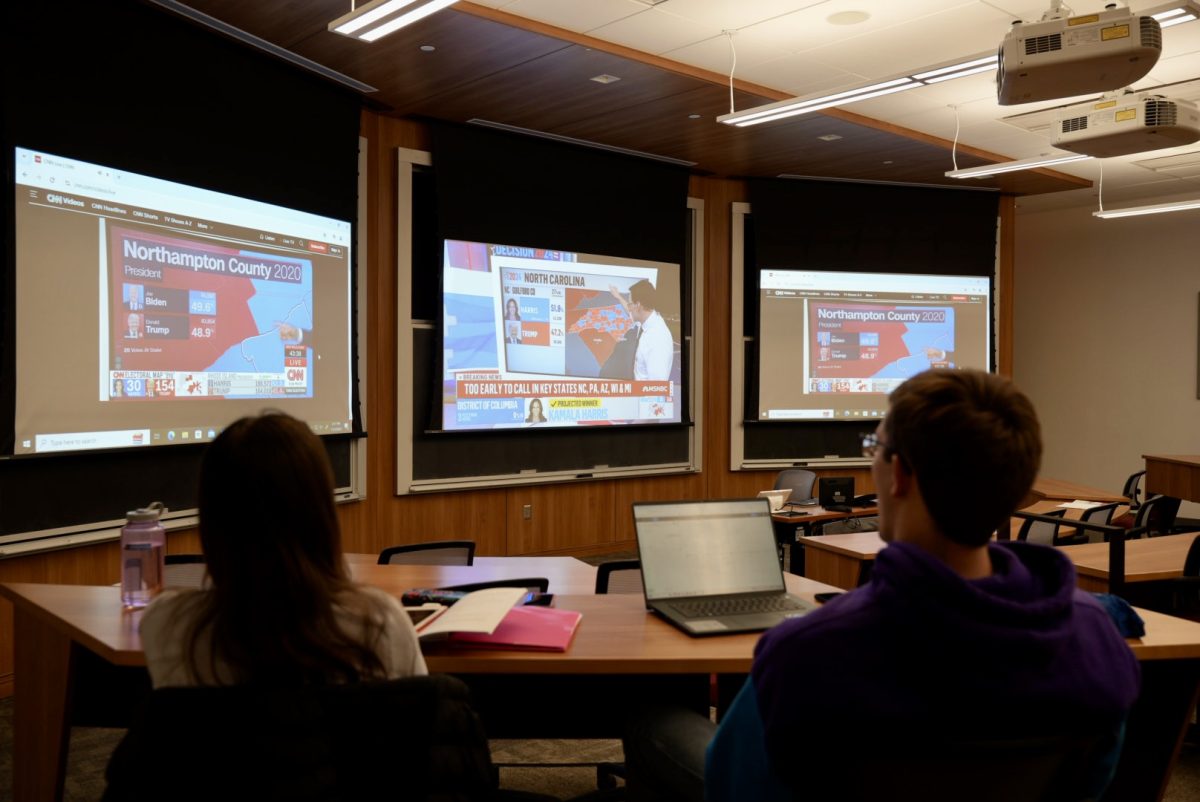
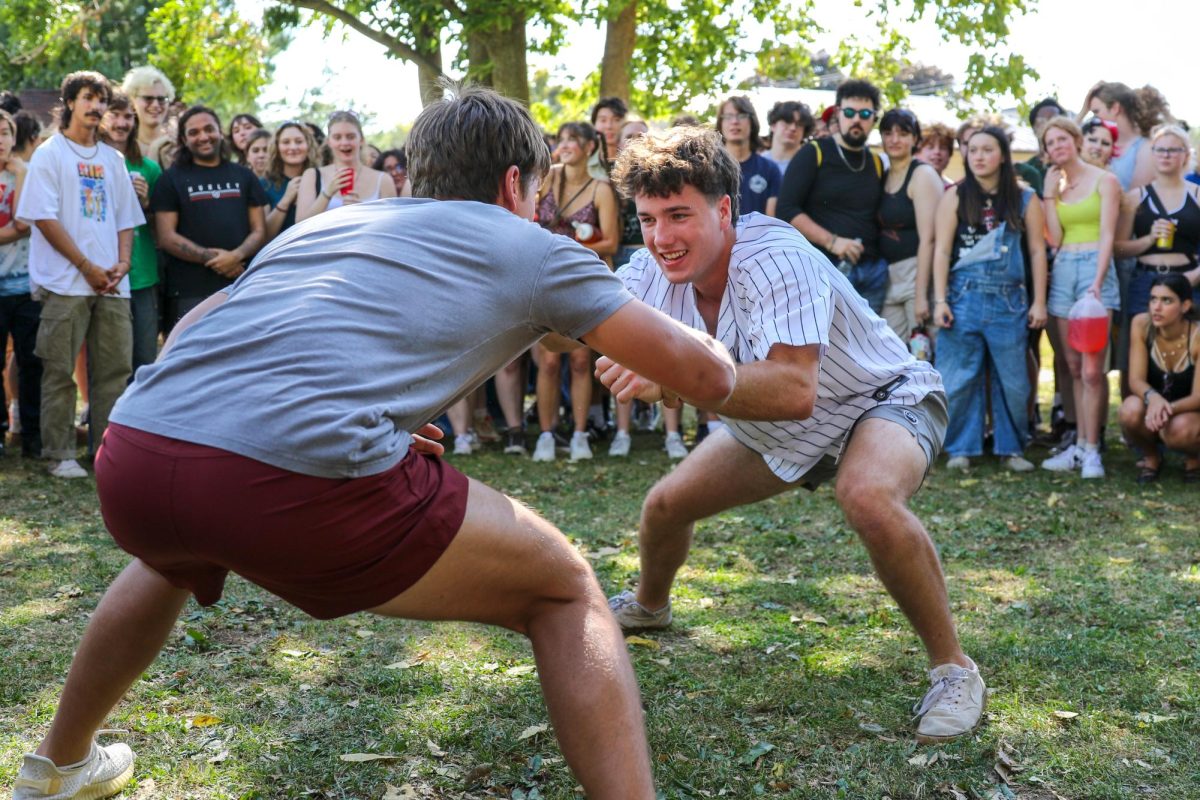








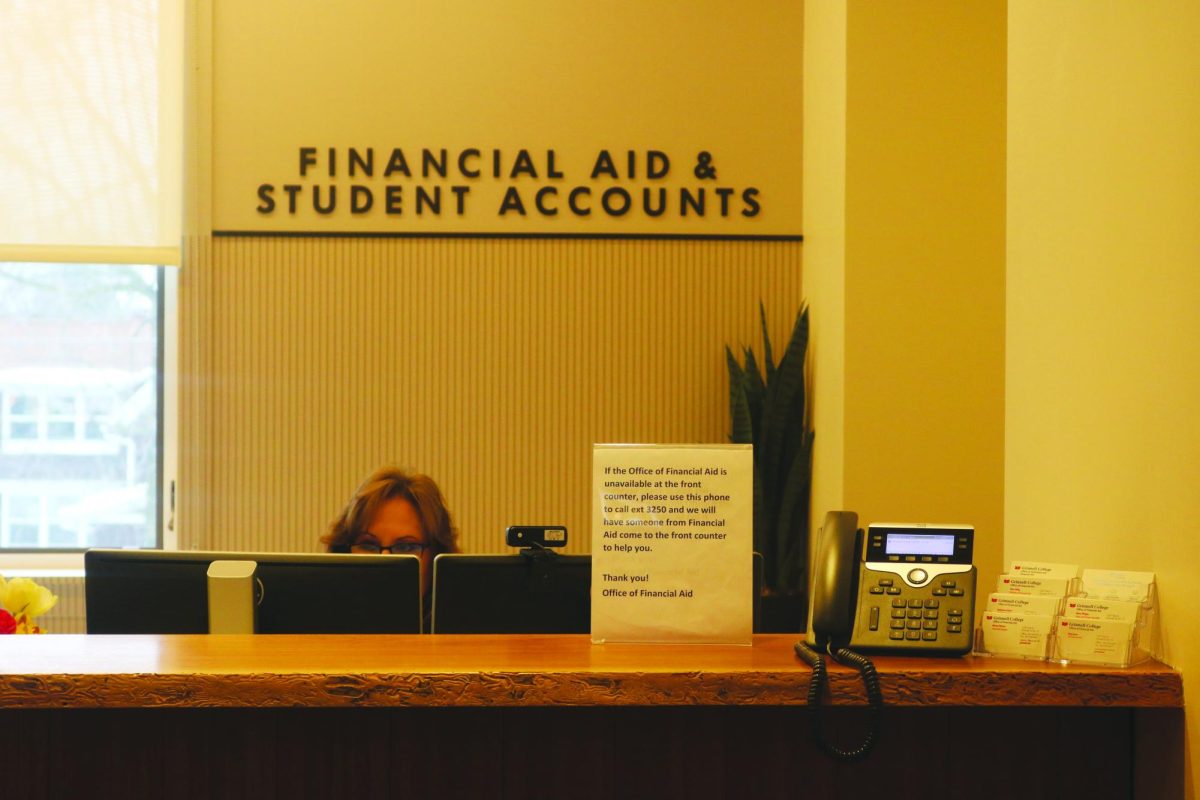

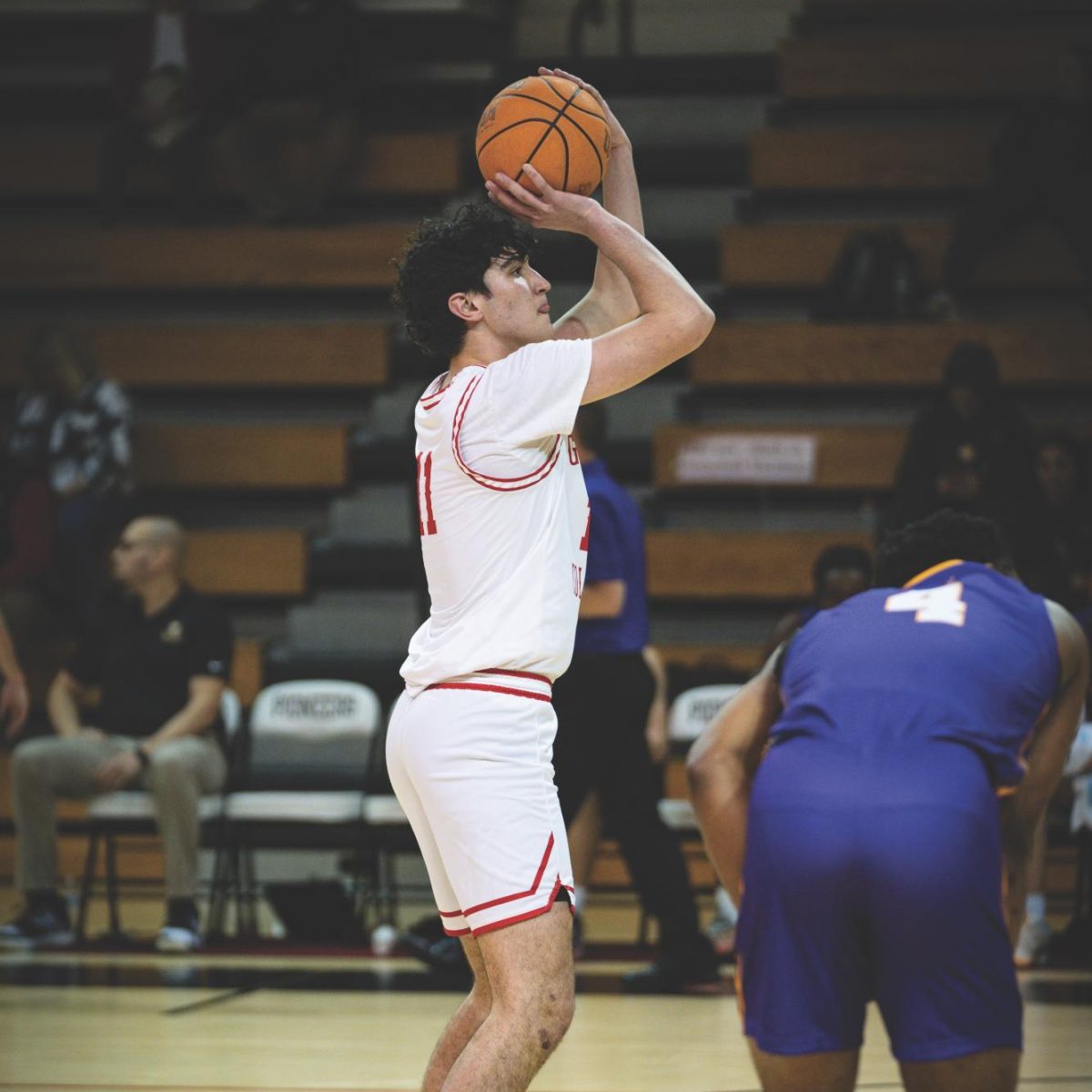
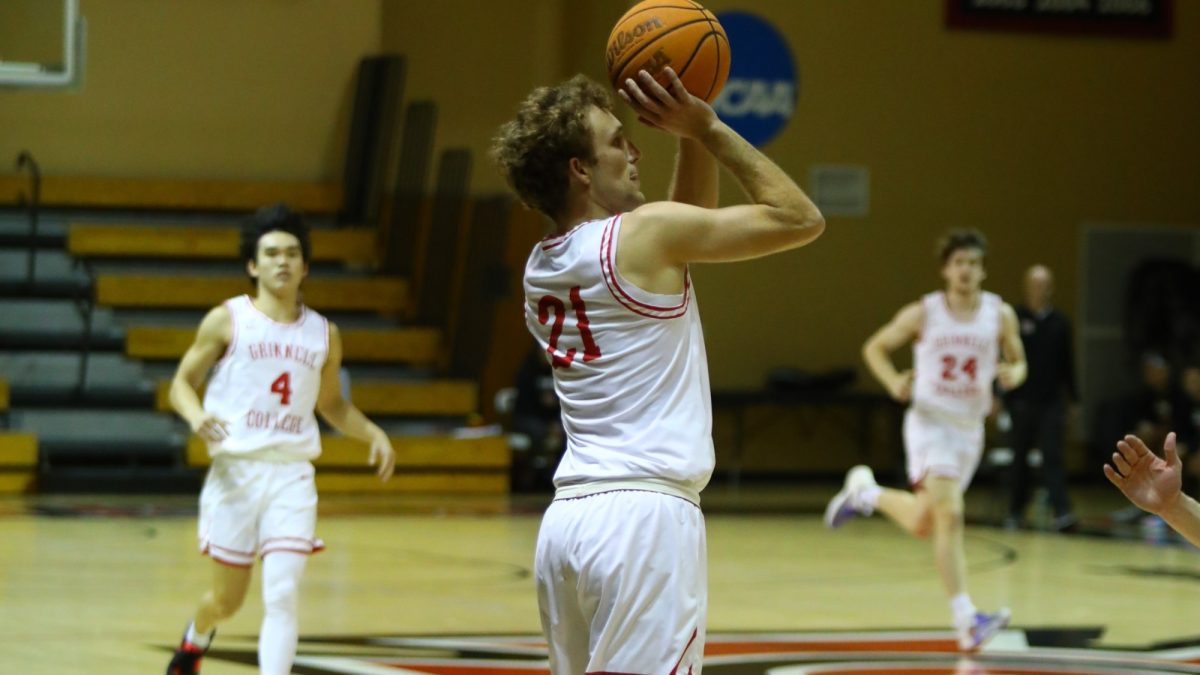
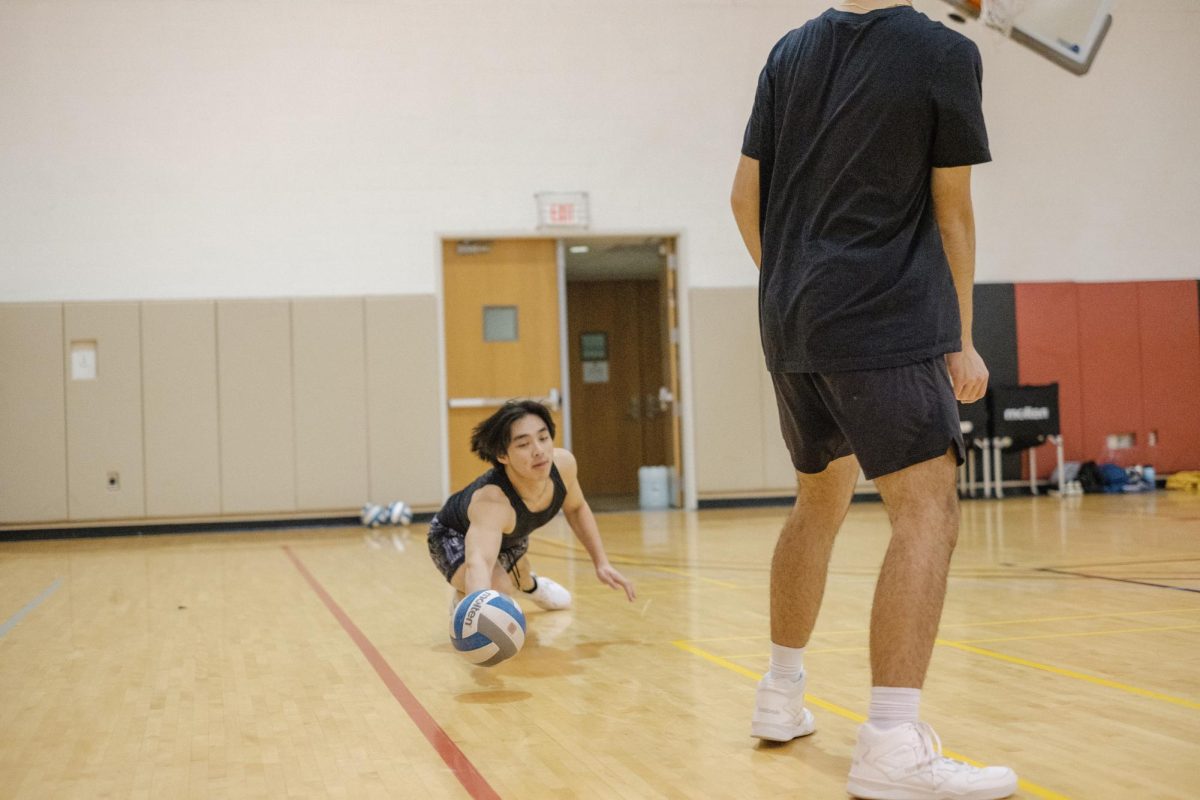
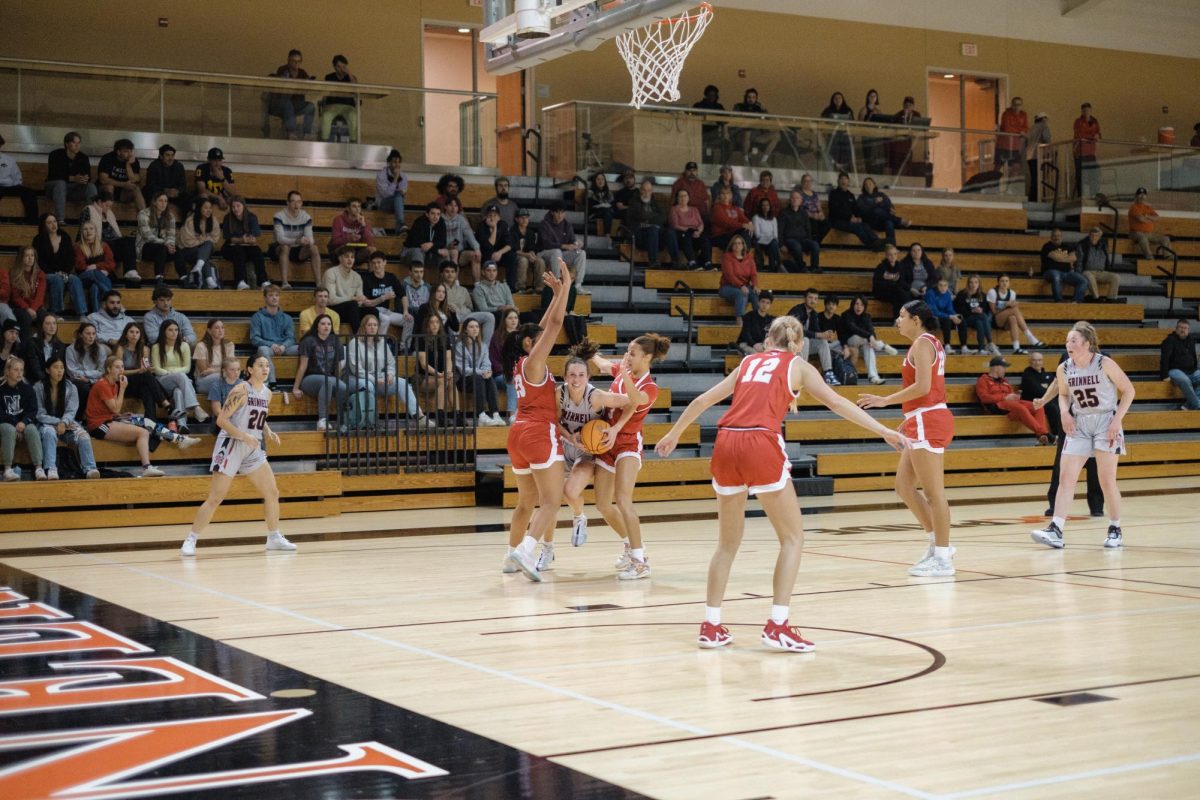
william crosby • Apr 14, 2022 at 10:30 am
If Human Resources moved from the basement of the Old Glove Factory onto the campus to make it more accessible, why not move Campus Security to the vacated basement of the Old Glove Factory?